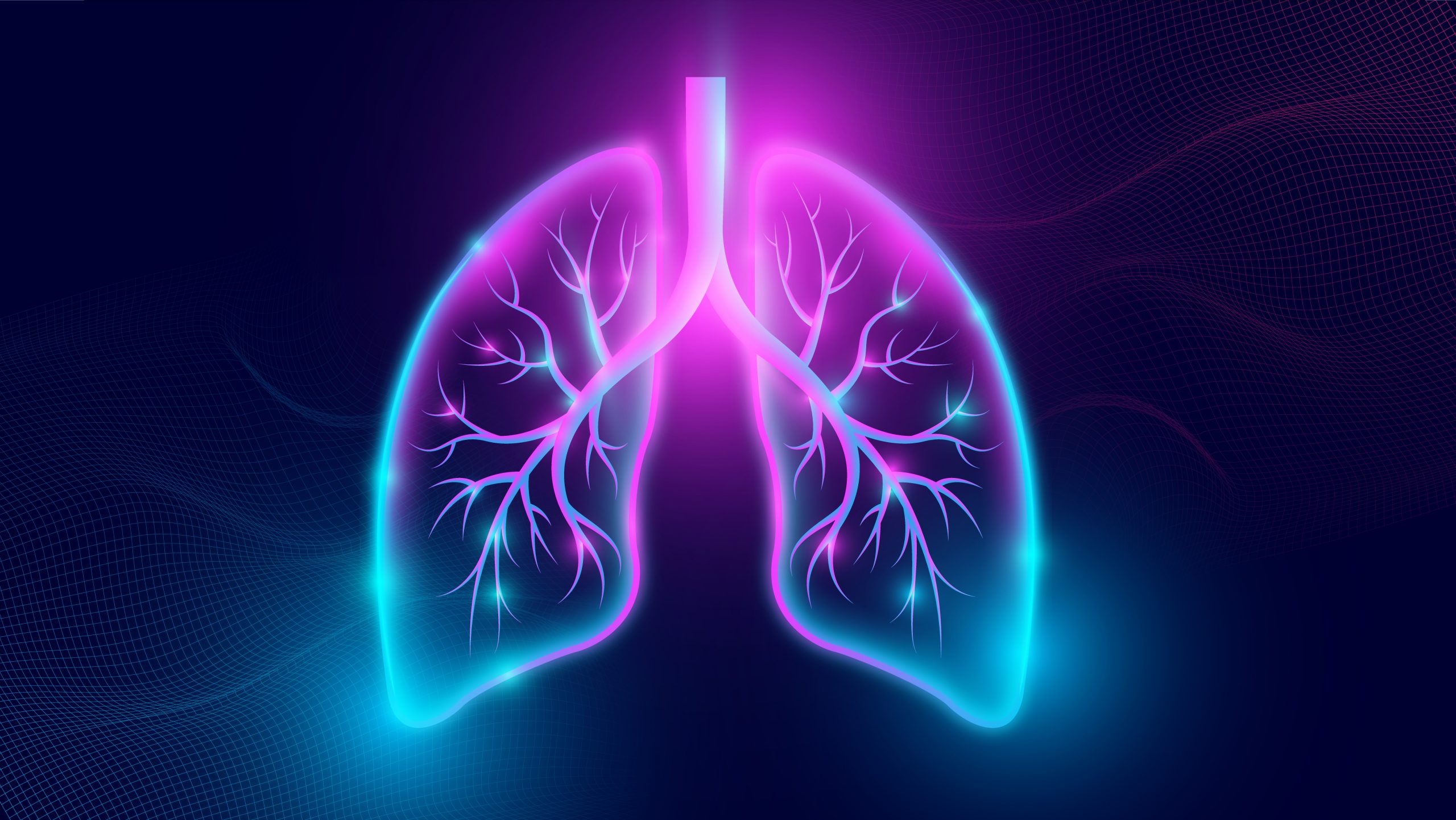Attention! “Post-earthquake Respiratory Infections” warning! Stating that respiratory tract infections are frequently encountered after earthquakes as in all natural disasters, Lect. Dr. Servet Öztürk, Infectious Diseases and Clinical Microbiology, Istanbul Okan University Hospital made important statements about respiratory tract infections after the earthquake.
Disasters are very important in the deterioration of physical and mental functions of people, as well as the death, disability and financial losses they cause. Among the disasters, earthquakes are the most common disasters in our country compared to others and cause the most loss of life. Of course, in the development of infection after the earthquake, factors such as the geography of the earthquake, the season and weather conditions, the ease of access to water, the care and accommodation conditions of the earthquake victims directly affect the infection rates. At the same time, due to the insidiousness of the disaster, disaster-related infections are the most important post-disaster complications.
What are the causes of respiratory tract infections?
In addition to the direct negative effects of the earthquake, health problems of people with chronic diseases may occur due to the disruption of health services after the disaster. Respiratory tract infections are common after earthquakes. The reasons for these can be classified as the lack of sanitation of earthquake survivors, inability to reach clean water conditions, difficulty in accessing health services and exposure to cold, and the necessity of being in crowded environments. At the same time, post-earthquake physical and psychological stress can affect the immune system to varying degrees and cause some opportunistic infections.
How do we protect ourselves from respiratory infections?
The most important way to prevent respiratory tract infections is to pay attention to hand hygiene and use a mask. The use of masks is important in the earthquake zone in terms of preventing exposure from the common dust of the environments and contaminated respiratory tracts of other patients. In addition, isolation of people with respiratory tract infection symptoms (such as cough, sore throat, hoarseness, runny nose) from people living in crowded and closed areas will be beneficial. If it is necessary to stay away from crowded environments, wash hands frequently, not to use personal hygiene materials in common, and to be in a crowded environment, it will be beneficial to use a mask.



